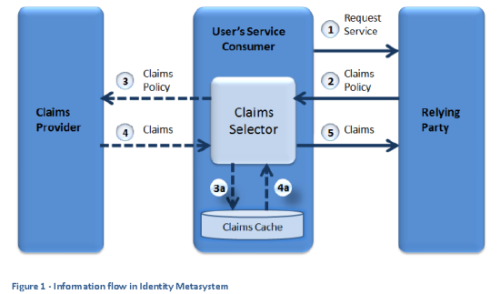Organizing Letter of Intent of the Agricultural Data Coordination Consortium (Ag DCC) – Work in Progress
 Thursday, October 1, 2009 at 10:54AM
Thursday, October 1, 2009 at 10:54AM Organizing Letter of Intent of the “Know your Food, Know your Farmer” Agricultural Data Coordination Consortium (Ag DCC) – Work in Progress
WHEREAS, today’s numerous agricultural and food supply chains are being called on more and more to provide two products. One, the traditional plant, animal, processed food or other commodity. And, two, authenticated, traceable data products identifying the source, age, and processes applied to the traditional commodity. While agricultural and food supply chains have been highly efficient in providing traditional commodity products foods, they face numerous technological and sociological challenges in effectively providing authenticated, traceable data products. There is a disconnect between the local farmer and consumers; there is too much distance between the average American and their farmer.
WHEREAS, in recognition of the foregoing, the United States Department of Agriculture (USDA) has commenced a nation-wide effort to create new economic opportunities for supporting local farmers, strengthening rural communities, promoting healthy eating, and protecting natural resources by better connecting consumers with local producers. This effort is the “Know your Food, Know your Farmer” program (http://www.usda.gov/wps/portal/knowyourfarmer?navtype=KYF&navid=KYF_MISSION)
WHEREAS, new advances in unambiguous product identification (e.g., radio frequency identification – RFID), the deployment of massive data centers around the world (i.e., “the Cloud”), the concurrent rise of virtual machines for maximizing digital spaces in the Cloud, the increasing available of low-cost software as a service (including social networking sites like FaceBook, Twitter, etc.), and new, technological means and functions for minimal data disclosures and granular data sharing by end-users, provide a convergence of technological opportunities for creating economic opportunities by better connecting consumers with local producers consistent with the USDA’s “Know your Food, Know your Farmer”.
NOW, THEREFORE, we, the undersigned, in recognition of the foregoing, do form the “Know your Food, Know Your Farmer” Agricultural Data Coordination Consortium ( Ag DCC).
THE INTENTS AND PURPOSES of the Ag DCC shall be for the networking of individuals, private entities, and public entities, all meeting and exchanging information in like-minded support of agricultural supply chain data coordination for the furtherance of the USDA’s Know your Food, Know your Farmer program.
The homepage for the Ag DCC shall be a sub-group to the ‘Data Ownership in the Cloud’ (http://tinyurl.com/datacloud) networking group on LinkedIn.
[Editor's Note: This is a work in progress and may be updated without notice. Membership in the Ag DCC is by invitation only. Membership in the Ag DCC requires (1) a LinkedIn profile and (2) membership in the Data Ownership in the Cloud networking group on LinkedIn. Only members of the Ag DCC may be signators to the final, organizing letter of intent for the Ag DCC. For further information, please contact the Editor or leave a comment.]
 Steve Holcombe
Steve Holcombe
Due to the lack of activity with this LinkedIn sub-group, I closed it in January, 2010. But that's OK because, interestingly, the activity I was hoping for is actually occurring in a separate LinkedIn group called the Agricultural Funding Opportunities (AFO).
The Agricultural Funding Opportunities group is a collaborative research group originally established for coordinating activities in relation to the preparation of a grant application for USDA-NIFA-SCRI-002672 due 14 Jan 2010. The essential premise of the just filed $5M/5YR SCRI application is that providing supply chain participants (including consumers) with more control (i.e., traceability) over their data will increase the availability and quality of product data, and open up new, sustainable business models for both large and small companies. Now further agricultural funding opportunities are being examined by members of this group in the context of the large Agriculture and Food Research Initiative (AFRI) RFAs solicited by the USDA on 22 March 2010.
This is an invitation-only group. But if you think you would be interested in joining this group to ACTIVELY search for ag funding opportunities, please let me know.
Best,
Steve Holcombe, Owner
Data Ownership in the Cloud
Agricultural Funding Opportunities
http://www.linkedin.com/in/steveholcombe
http://twitter.com/Steve_Holcombe
 Steve Holcombe
Steve Holcombe
The group identified above has now evolved into the Whole Chain Traceability Consortium™. The WCTC is comprised at its core of researchers and collaborators from Oklahoma State University, North Dakota State University, Michigan State University, the University of Arkansas, and Pardalis, Inc., an Oklahoma advanced technology company. Whole Chain Traceability Consortium™ is a trademark of Pardalis, Inc.
 agriculture,
agriculture,  data,
data,  farmer,
farmer,  food,
food,  rfid,
rfid,  usda in
usda in  Agriculture
Agriculture 
